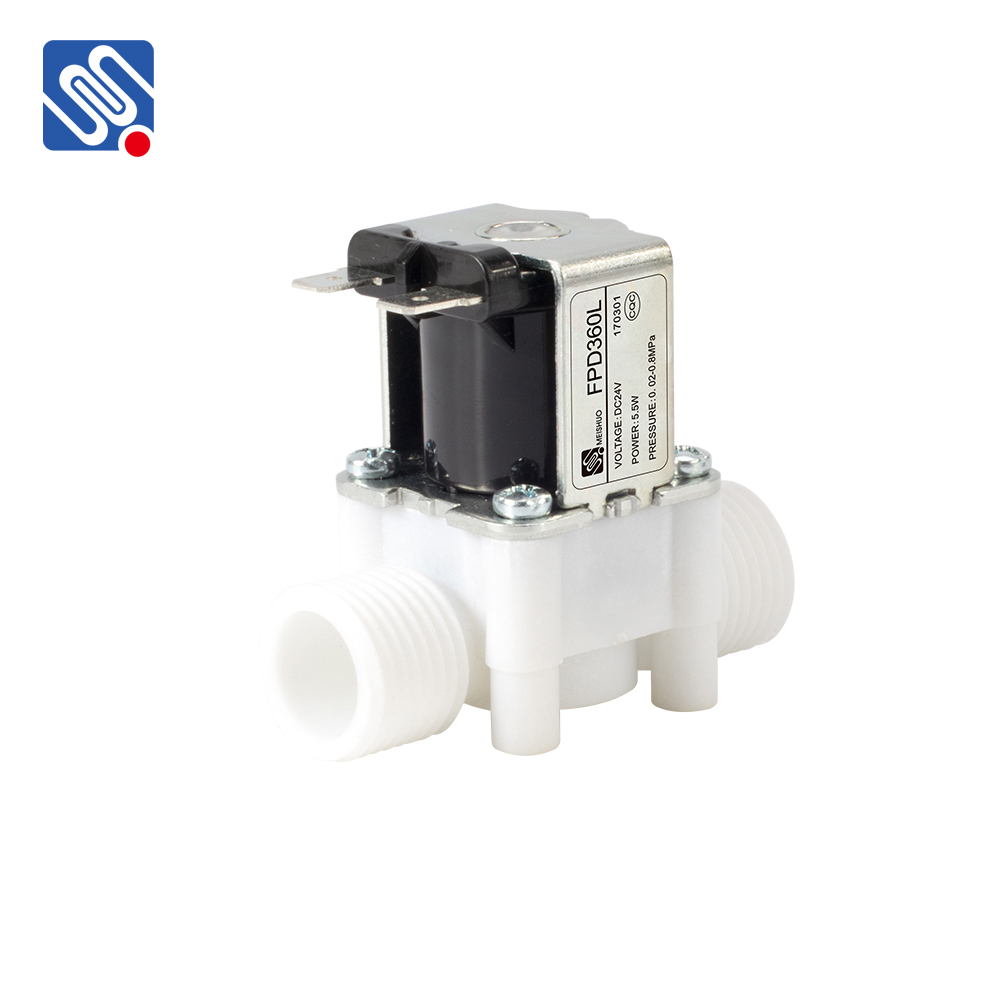A plastic water solenoid valve is a vital component in many automated fluid control systems, specifically designed to regulate the flow of water or other fluids. This type of valve uses an electric current to operate a solenoid, which in turn controls the opening and closing of the valve. The primary advantage of plastic water solenoid valves is their resistance to corrosion, making them ideal for use in environments where water or chemicals could cause deterioration of traditional metal valves. This article explores the key features, advantages, and diverse applications of plastic water solenoid valves.

Working Principle of Plastic Water Solenoid Valve The operation of a plastic water solenoid valve is simple yet highly effective. At the core of the valve is a solenoid, an electromagnet that, when energized, generates a magnetic field. This magnetic field moves a plunger or piston inside the valve, which opens or closes the valve, thereby allowing or blocking the flow of water. The solenoid is typically powered by a low-voltage electric current, which makes it energy-efficient. When the solenoid is activated, it either opens or closes the valve, depending on the design. Normally closed (NC) valves are the most common, meaning they are closed when the solenoid is not energized and open when power is applied. Conversely, normally open (NO) valves remain open until the solenoid is activated. This mechanism allows for precise control of the water flow, which is essential in automated irrigation, water treatment, and many other systems.